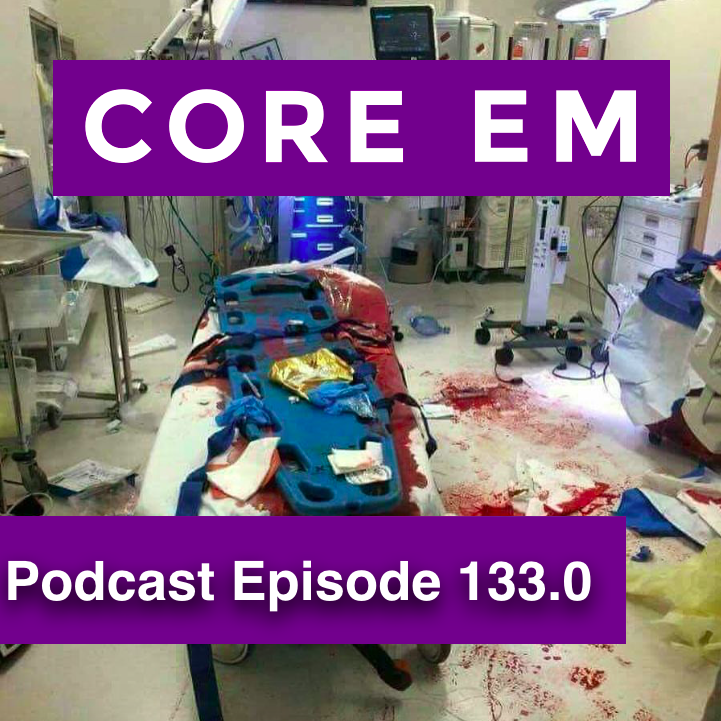This week we dive in to the initial trauma assessment.

 Core EM - Emergency Medicine Podcast
Core EM - Emergency Medicine Podcast Episode 133.0 – Initial Trauma Assessment
8 snips
Feb 19, 2018 Carl Prickshitis, a fourth-year medical student and trauma assessment blogger, shares invaluable insights on evaluating trauma efficiently. He emphasizes the importance of a systematic approach for minimizing missed injuries. The conversation covers pre-arrival information from EMS, the distinction between blunt and penetrating trauma, and the critical ABCDE primary survey method. Carl highlights effective airway assessments, circulation checks, and the role of the AMPLE mnemonic for focused history-taking. He also critiques the routine use of the digital rectal exam in trauma care.
AI Snips
Chapters
Transcript
Episode notes
Prepare The Team And Equipment
- Prepare before arrival by assigning roles, donning PPE, and readying equipment based on prehospital info.
- Use mechanism and vitals from EMS to form a differential and gather needed supplies early.
Let EMS Give A Full Handoff
- Always allow EMS to give a quiet, uninterrupted handoff unless there is an immediate life threat.
- Listen to their interventions and scene information to avoid repeating work and to inform initial management.
Use The ABCDE Primary Survey
- Perform the primary survey using the ABCDEs to find and fix immediate life threats.
- Assess airway, breathing, circulation, disability, and exposure in parallel, not strictly sequentially.

